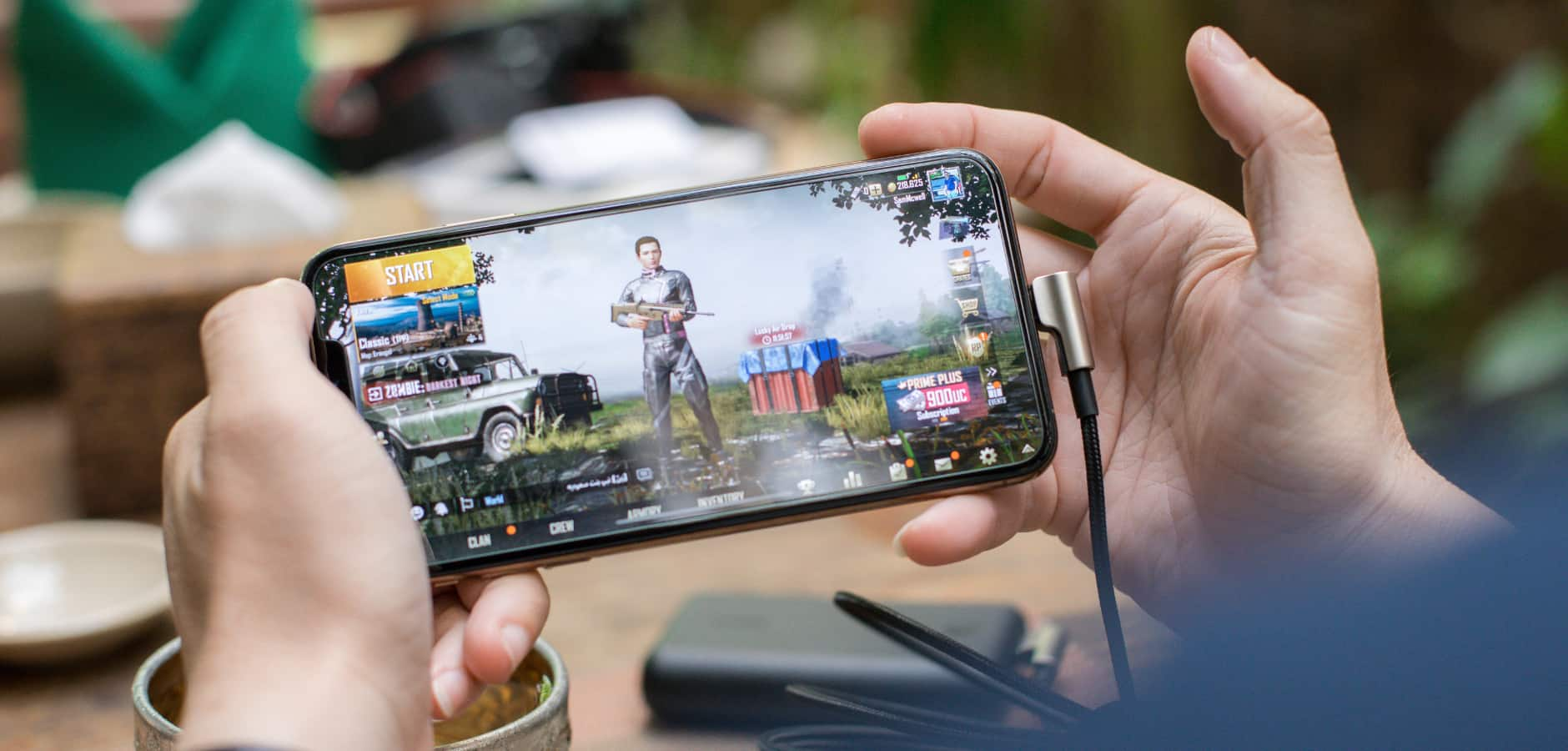Tapjoy is a pioneer in the mobile advertising and app monetization industry, helping brands to reach their ideal mobile audiences through rewarded video ads and much more. They also help app publishers acquire new users and monetize their mobile apps. Impact’s Richa Dani, Director of Strategic Partnerships, wanted to find out more, so she asked Sarah Chafer, Tapjoy’s EVP of Global Ad Sales, to share some insights into the secrets to Tapjoy’s success.
Richa: Your mobile gamer personas report for 2019 confirmed that mobile games have secured their place as mainstream media. But was there anything in the data that surprised you this year? Are games really more popular than social at this point?
Sarah: Our research has really helped us solidify the fact that consumers from every walk of life are playing mobile games. We’re talking college students to parents to retirees. And this is directly linked to the massive amount of time consumers are spending on their phones. We found that 69% of consumers surveyed said they would rather give up social networking or TV than mobile gaming. And to some, this might have come as a surprise. But when we look at the steady rise of mobile games in mainstream media over just the last two years, this data makes sense. 60% of people who play mobile games say they now consider themselves “gamers” — up 27% from when we surveyed with this same question in 2016. We aren’t under the impression that mobile games are replacing social media. Rather, we are finding that consumers are increasingly splitting their time between the two. And this relationship is something that we are excited to watch in the years to come.
Richa: Direct-to-consumer brands are red hot right now, with companies like Ipsy and Harry’s becoming more popular and abundant. How are you courting these brands to take advantage of in-app and mobile game marketing? Is it a good fit?
Sarah: As more and more direct-to-consumer brands come to market, we are responding to a very necessary evolution in DTC growth. Social media and Google, the primary channels these brands have relied on, are approaching saturation and customer acquisition costs are through the roof. In order to stay competitive, DTC growth marketers need to diversify their acquisition mix and embrace emerging channels. IAB reported that the average DTC brand is consistently testing at least 3 new marketing channels outside of Facebook. And the mobile in-app space is an untapped opportunity our DTC clients are seeing massive success within. It’s low-risk pricing is based on performance, and our latest research proves mobile gamers hold massive DTC buying power.
Richa: Offerwalls have fallen out of favor in the past few years because low-quality products were felt to negatively impact the user experience. But you’ve been doubling down and adding features to yours. How is Tapjoy able to maintain the success of its offerwall solution?
Sarah: Our offerwall (OW) product originally launched on the web in 2008, and we made a hard cut over to mobile in 2010. We’ve really taken the time and thought about the user journey through an offerwall — and what an optimal experience should be. We think it is important to deliver a quality value exchange between the user, the publisher, and the advertiser. That is why we continually test our own ads to ensure a high-quality, tailored experience. And our optimizations don’t stop there, we are dedicated to delivering the types of ads and brands that our consumers want to see. Our OW team is consistently testing new ad units and developments to keep the product fresh and relevant for today’s mobile users. It’s this user-first mentality that has made our OW so successful.
Watch Tapjoy’s experience in action:
Richa: What kinds of trends are you seeing in the world of in-app ad formats and what kind of experiences are users looking for and responding to?
Sarah: Video has been important for a while and we see that trend continuing as both performance marketers and brands have started elevating this approach within their strategies. Videos can do so much with interactivity and engagement, and we’re finding this helps create richer experiences for users, which in turn boosts performance.
Much of what we do on both OW and video is measurable, which helps advertisers use data to understand the user journey. When I think about some of the emerging technology of 2020, I think about data availability and how marketers can truly tell a story about user funnels given all the data we have at our fingertips.
Richa: You are known for building connections between app publishers and brands — how does Impact factor into how you facilitate and manage those partnerships? What ways has Impact helped Tapjoy reach its goals?
Sarah: Great question. I think over the years those connections have developed over building trust within that economy. Users have strong affinity towards Tapjoy and the publishers because of the opportunity to excel. Advertisers are finding new ways to engage a hard-to-reach audience. The connections are also direct without middlemen, which helps create clarity around the experience for all three parties.
Richa: With the holiday season behind us, what trends did you observe about the role mobile ads play in seasonal shopping behaviors of mobile gamers — a valuable audience for your brand community?
Sarah: The holiday season always brings a unique opportunity to highlight retail categories from some of our major brand partners. The opportunities for app-based shopping continues to grow, as our research found that 73% of consumers surveyed on Tapjoy’s network will make four or more separate holiday purchases from their mobile devices. Since we offer so many direct-to-consumer options like subscription or direct purchase, we know that users will be excited to do some of their holiday shopping via a rewarded platform like Tapjoy. We even found that 72% plan to purchase a subscription box as a gift this holiday season.
I also see it as an opportunity for us to highlight our publisher-side currency sales, which seasonally allows users to earn extra in game currency over specific holiday weekends — and helps boost users time spent playing mobile games. In 2018, for example, we saw a 20% increase in average sessions per day during the holiday season, and I expect we’ll see a comparable lift for 2019 as well.
Richa: Tapjoy got a lot of industry recognition in 2019, ranking high with indices like AppsFlyer and Singular for performance and ROI. How are you able to consistently deliver this high level of engagement for your customers?
Sarah: We take pride in working very closely with our advertisers on their true campaign KPIs. Additionally we focus on delivering against those KPIs no matter where in the user funnel they fall. We’ve found that working closely with our advertisers on goals early on in a campaign helps us to achieve ROI standards across all product types. With increased data availability from advertisers, this will continue to grow in 2020.
Richa: You had a big couple of years, with a new CEO and plenty of industry kudos in 2019. What trends in mobile advertising will most impact Tapjoy’s business as we continue into 2020, and do you see any new kinds of app-based partnerships emerging?
Sarah: With the roll out of CCPA and GDPR, we know that developments on user privacy will continue to be important in our space. It’s something we as an ad network take very seriously. We’ve seen a very big international growth start to develop along the course of 2018-2019, and we think that will continue to expand in 2020. The year 2019 was a huge year for hyper-casual games and household names like Call of Duty and Fortnite. We think gaming will continue to add innovation which will drive new ad units.
Impact would love to feature your story! If you would like to find out more about the Impact Publisher Development Team or tell your story on our blog, get in touch here.




